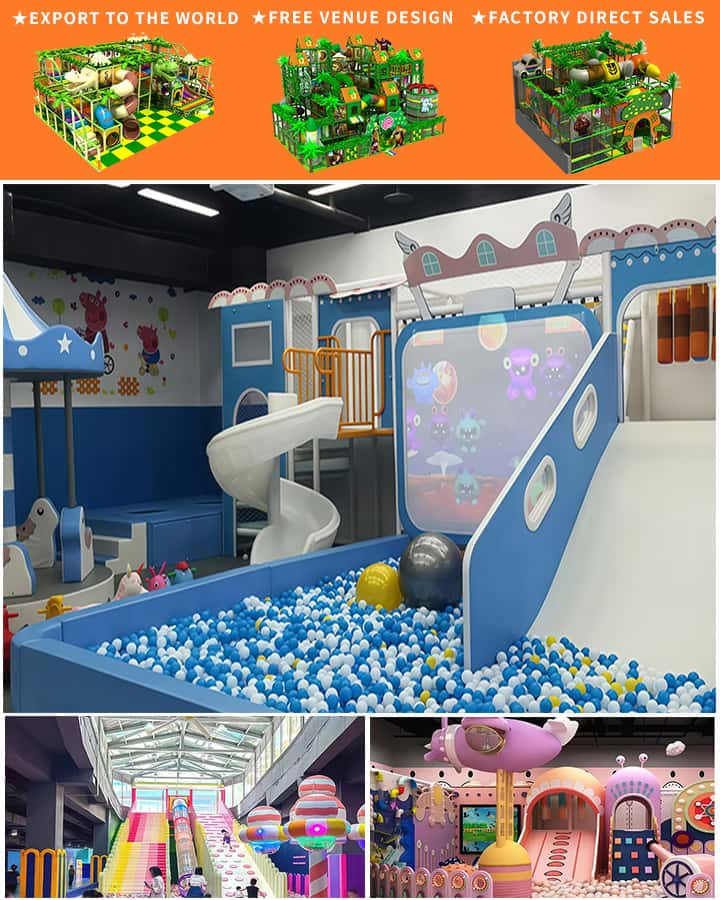In recent years, sensory play has gained significant traction in early childhood education, and for good reason. Engaging young minds through sensory experiences enhances cognitive development, creativity, and motor skills. One of the most effective ways to incorporate sensory play is through specialized equipment designed for outdoor use. Here, we delve into the benefits and features of sensory play equipment that can transform any backyard into an adventure-filled learning environment.
The Importance of Sensory Play
Sensory play involves activities that stimulate the senses— sight, sound, touch, taste, and smell. These experiences are crucial for children’s development as they help in forming neural connections in their brains. Through sensory play, children can explore and understand the world around them, improving their problem-solving abilities and fostering emotional growth.
Benefits of Sensory Play Equipment Outdoors
Encourages Physical Activity: Outdoor sensory play equipment such as climbing structures, balance beams, and slides encourage physical activity. This not only helps in developing gross motor skills but also contributes to overall physical fitness.
Enhances Sensory Processing: Activities like digging in sand, playing with water tables, or touching different textured surfaces improve tactile discrimination and sensory processing. This is particularly beneficial for children with sensory processing disorders.
Boosts Creativity and Imagination:
 Sensory play equipment often includes elements like musical instruments, colorful objects, and interactive panels that stimulate creativity. Children are more likely to engage in imaginative play when surrounded by a variety of sensory stimuli.
Sensory play equipment often includes elements like musical instruments, colorful objects, and interactive panels that stimulate creativity. Children are more likely to engage in imaginative play when surrounded by a variety of sensory stimuli.Promotes Social Interaction: When children engage with sensory play equipment outdoors, they often do so in groups. This setting promotes social interaction, teaching children to share, take turns, and collaborate with others.
Connects Children with Nature: Outdoor sensory play equipment allows children to interact with natural elements like water, sand, plants, and rocks, fostering a connection and respect for the environment.
Popular Types of Sensory Play Equipment for Outdoors
Water Tables: Water tables provide endless opportunities for exploration. Children can experiment with floating and sinking objects, create water patterns, and even learn basic concepts of buoyancy and density.
Sandboxes: A classic favorite, sandboxes offer tactile stimulation as children dig, build, and mold sand structures. Adding toys like buckets, shovels, and molds can further enhance the experience.
Playground Climbing Structures: Climbing walls, rope ladders, and monkey bars challenge children’s coordination and balance while providing a thrilling sensory adventure.
Musical Instruments and Chime Walls: Integrating musical elements like chimes, drums, and xylophones into outdoor play structures can captivate children’s auditory senses, encouraging a love for music and rhythm.
Interactive Panels: Panels with various textures, switches, and buttons invite children to explore through touch and sound, stimulating their senses in multiple ways.
Design Considerations for Outdoor Sensory Play Equipment
When selecting sensory play equipment for outdoor settings, it’s important to consider safety, durability, and age appropriateness. Ensure that materials are weather-resistant and non-toxic, and that the equipment is installed on a safe surface to prevent injuries. Additionally, choose equipment that suits the developmental stage of the children who will be using it.
Conclusion
Sensory play equipment for outdoors offers a multitude of benefits that extend far beyond simple amusement. By incorporating these tools into your outdoor space, you create a dynamic environment where children can grow, learn, and thrive. So, why not turn your backyard into a playground filled with sensory delight? The joy and developmental benefits it brings will make every moment spent outdoors truly magical for your little ones.




